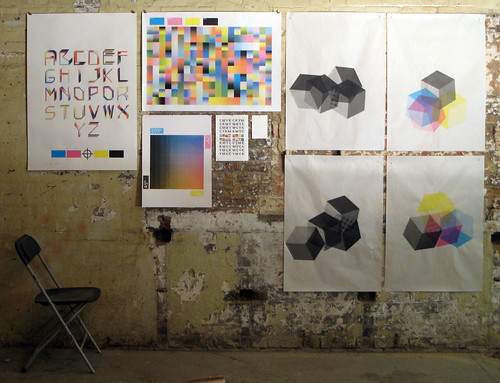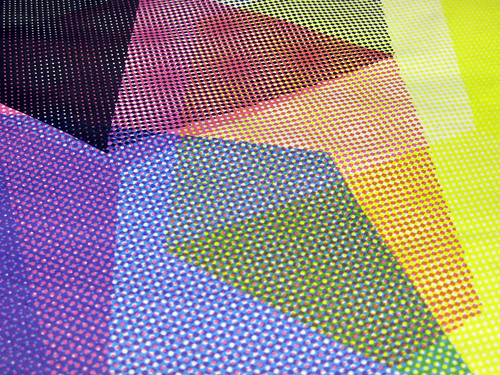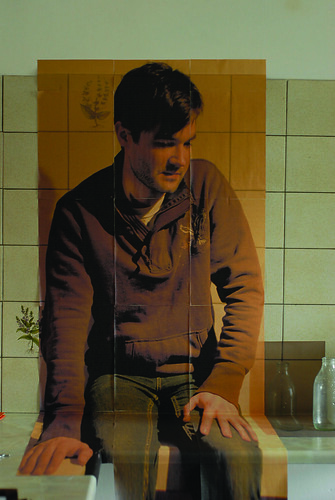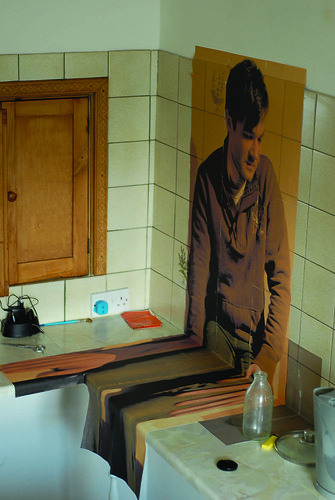Monday, 9:30am
5 July 2010
Design MAs: is a year enough?
Balancing independence, curriculum, employability and time for reflection
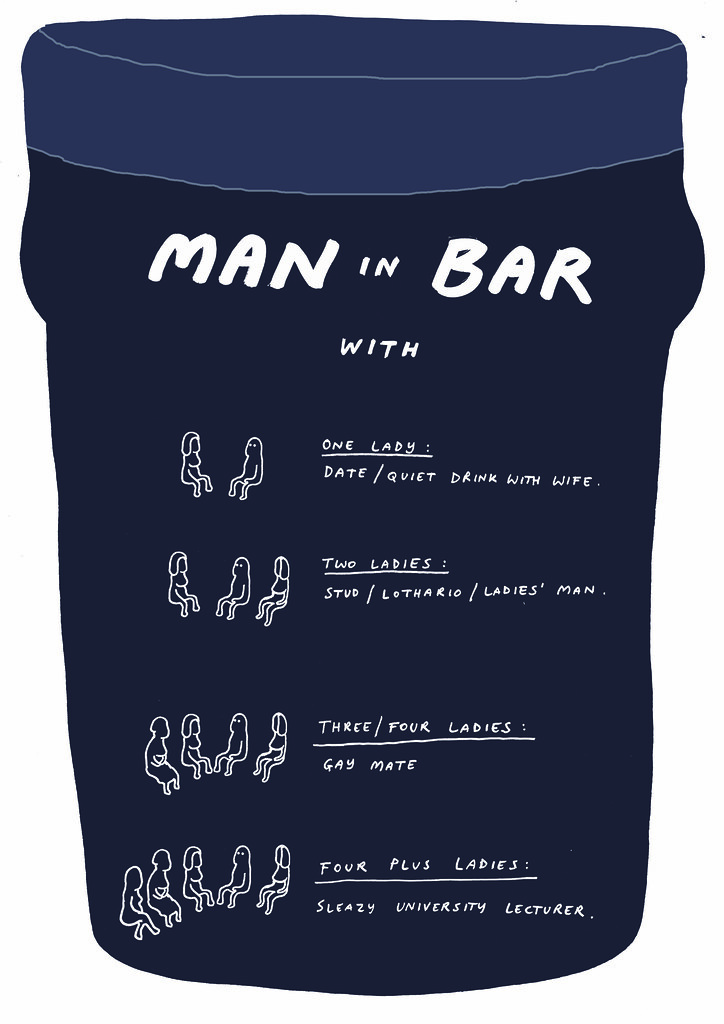
As continental schools adapt to the bachelor-master system and the competition for (and among) students rises, postgraduate design courses have become increasingly differentiated, writes Jane Cheng.
Websites for MA programmes these days talk about everything from ‘Design as a Success Factor’ (ZHdK, Zurich) to artistic identity and design-world fame.
Top: Dave Anderson, ‘Man in Bar’ (Illustration)
A newly published transcript (below) from the MAtters conference on postgraduate design education (edited by Paulus M. Dreibholz) steps back from the melee to ask some more basic questions.
Below: Tom Foley (Graphic Design)
The publication is divided into three moderated discussions: students, educators and the industry each have a separate panel. The middle section of the booklet includes student projects from the Central Saint Martins Communication Design MA to give a snapshot of the situation at present (some of which are pictured here).
Autonomy, and the responsibilities and dangers that come with it, is a matter of concern at all levels. The students seem, above all, to desire complete independence: their answers to questions about expectations and structure inevitably end in ‘self-motivated and self-determined’, ‘freedom’, and ‘my own’.
Above and below: Olivia Sautreuil (Graphic Design)
Educators worry that they might not be providing enough structure. Russell Bestley (LCC) says, for example, ‘listening to the students earlier, it was quite telling to me that there was a striving for independence, to find their own routes of inquiry, but I think at the same time there has got to be something said for the value of a thing called “curriculum”.’ David Cross (Camberwell) suggests a compromise between freedom and direction by suggesting that educators are responsible for ‘setting up the conditions for a productive encounter of difference’ among students.
Regardless of the degree of guidance, all of the educators doubt that one year is really enough for an MA, despite the advantages of increased intensity. Debates on structure and length are not independent of one another, as Dreibholz suggests with his concept of ‘reflection time’: an MA might not just be about finding an intense, self-centered autonomy, but about giving students the time and guidance to develop a considered independence that deals not only with personal desire but with the outside world, on the levels of both responsibility and employability.
Above: Myriam Darmstädter (Graphic Design)
Below: Mark McCullough (Photography)
The ‘industry’ appears to confirm this suggestion. James Goggin of Practise suggests that an MA should be ‘two years of engagement, not just with your own practice but also with the wider social and political issues, which provide an awareness of how you’re going to position your practice in the world and the stance you’re going to take with clients you’re going to work with.’ For working designers, the tugs of politics are more urgent and wide-reaching than for students, who have had fewer encounters with the effects of their work or the stresses imposed from outside.
Considering that neither societal impact nor constraints were prominent student concerns, it seems even more important that MAs provide a relatively strong structure within which students learn to consider the political aspects of theory and the impacts of their actions on the outside world. According to Nick Bell of Nick Bell Design [Eye’s creative director from 1998-2005] this is not only desirable in itself – it is what the industry needs: ‘What the field of graphic design … lacks is visual communicators with a developed point of view … It lacks designers who are empathetic shapers of meaning … who can affect real change and not merely paper over the cracks.’
Whatever the conclusion, Dreibholz’s passionately pedagogical spirit is encouraging. He stimulated an open and interesting discussion that, with publication, may encourage MA programmes of all kinds to engage in collective introspection. Dreibolz’s undertaking is a lesson in itself.
MAtters, ed. Paulus M. Dreibholz (2010)
Design: Lauren Barrett and Tom Foley
Available from gaffadesign.com.
Eye magazine is available from all good design bookshops and at the online Eye shop, where you can order subscriptions, single issues and back issues. The summer issue, Eye 76, will be a music special. You can read a selection of pages on Eye Before You Buy on Issuu. Student subscriptions are half price, bit.ly/EyeStudentOffer.



